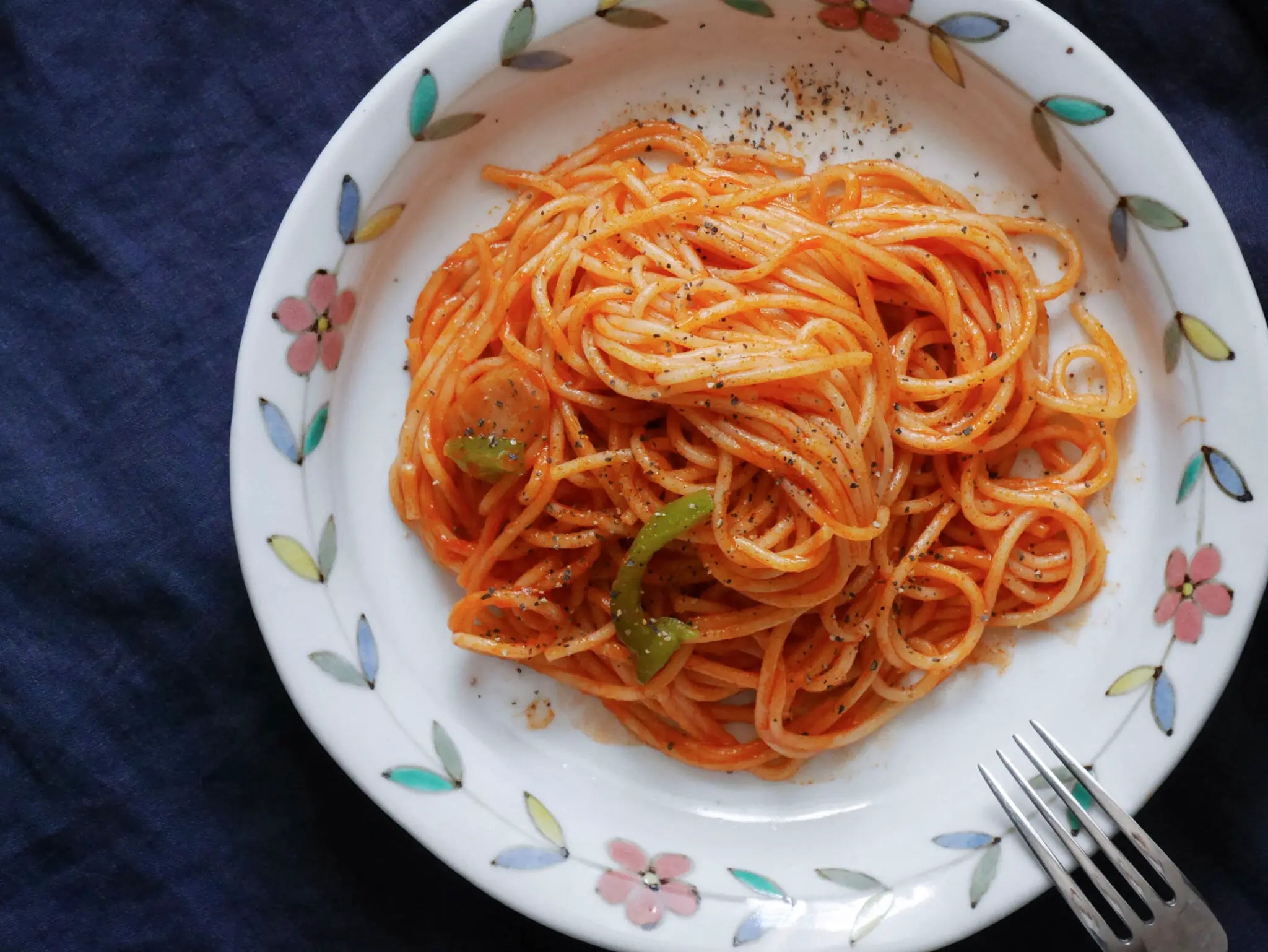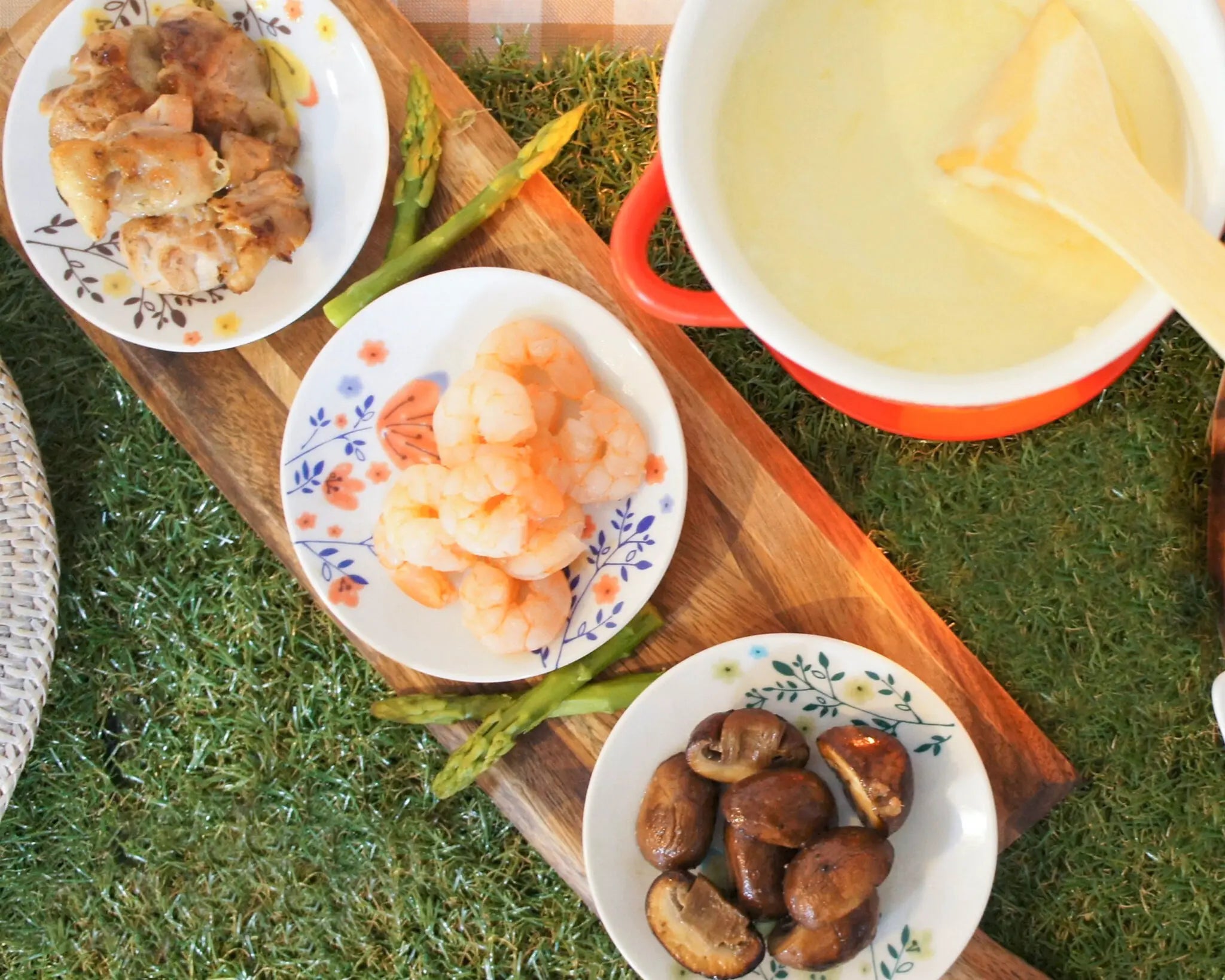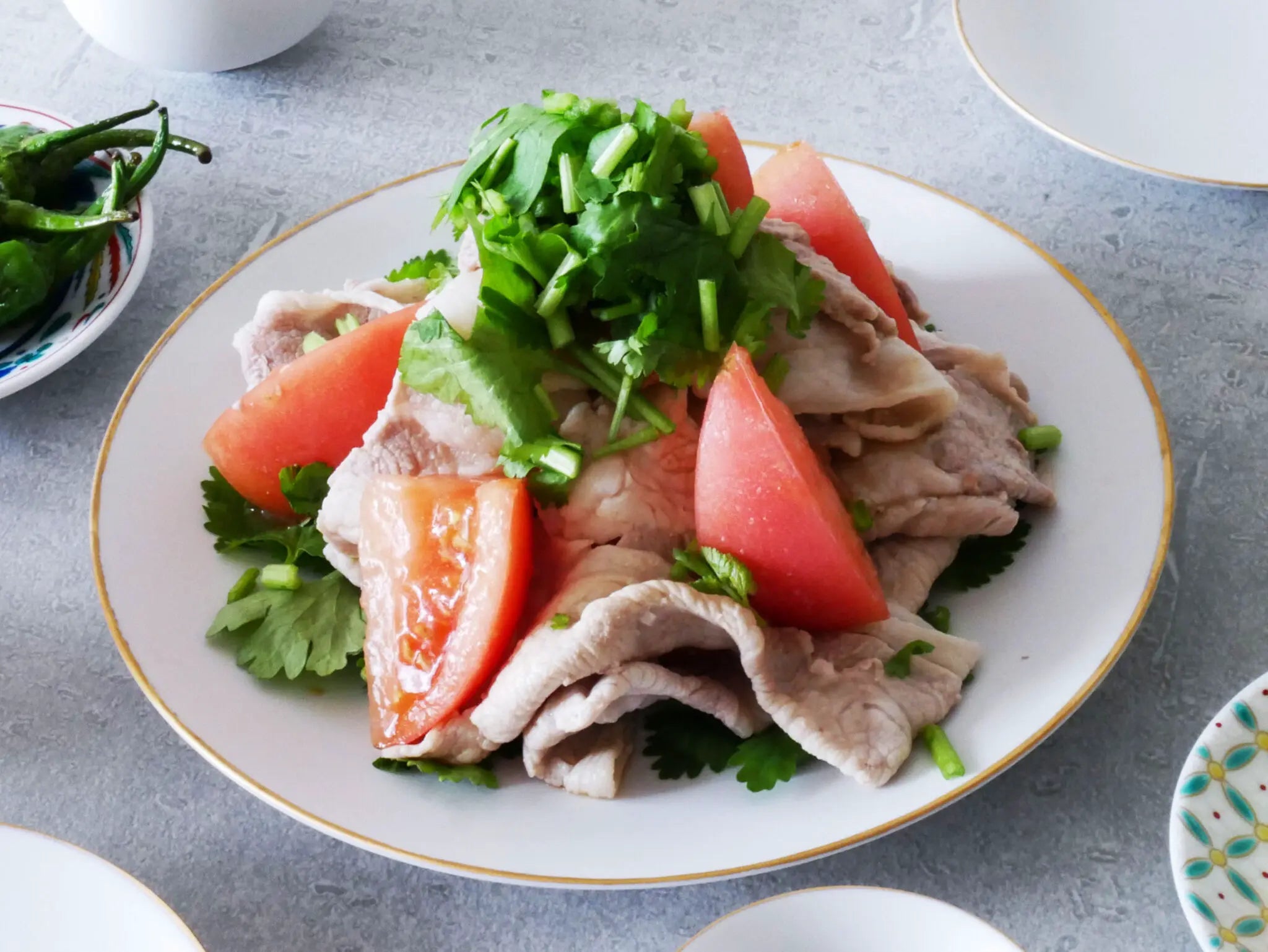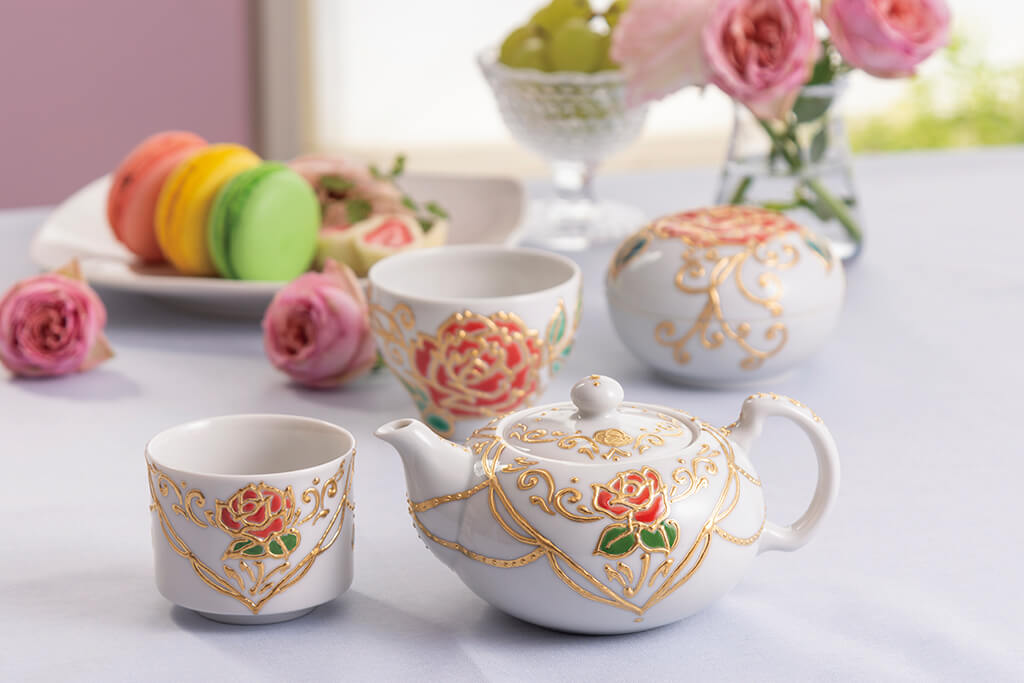🍽️4) Rectangular plates
Sushi and Sashimi:
Rectangular plates are perfect for serving sushi and sashimi and can beautifully display multiple ingredients.
Appetizers and Tapas:
Convenient for serving multiple appetizers and tapas in a row. Especially useful for parties and gatherings.
Main dishes:
Suitable for serving long main courses such as fish, steaks and roasts.
Desserts:
Used for serving long desserts such as rolls, cheesecake and brownies. Also useful for arranging several small desserts.
Salads:
Using rectangular plates to serve salads allows you to distribute dressings and toppings evenly.
Appetizers:
Great for serving several dips, spreads, crackers, etc. in a row.
Breakfast:
Used to beautifully display breakfast items such as pancakes, waffles, bacon and sausage.
Sharing Plates:
Suitable for serving food to be shared with family and friends. For example, it is useful for serving large sandwiches, pizza slices, cut fruit, etc.
Buffet style:
Used to serve food in a row at buffets and parties. It is especially suitable for serving long dishes or multiple dishes in a row.

































